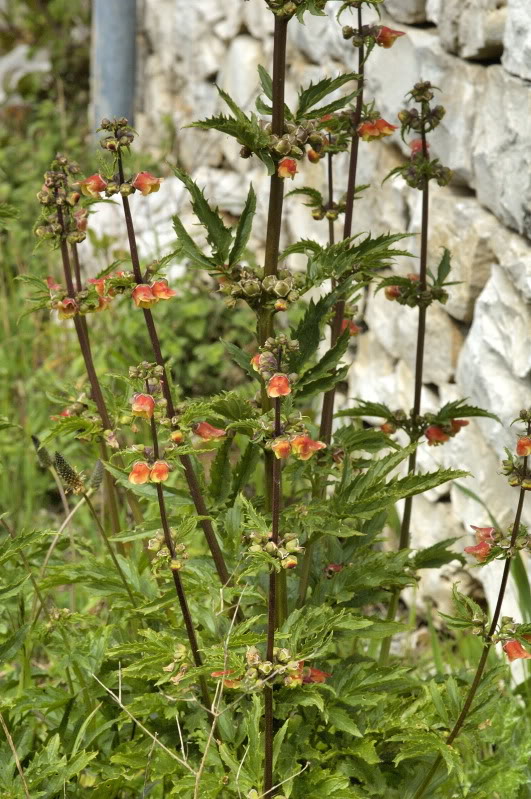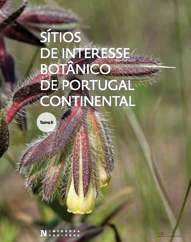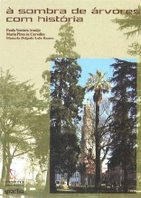Flor que ri
During excessive laughter the whole body is often thrown backward and shakes, or is almost convulsed; the respiration is much disturbed; the head and face become gorged with blood, with the veins distended; and the orbicular muscles are spasmodically contracted in order to protect the eyes. Tears are freely shed. Hence, as formerly remarked, it is scarcely possible to point out any difference between the tear-stained face of a person after a paroxysm of excessive laughter and after a bitter crying-fit.
Charles Darwin, The expression of the emotions in man and animals (Folio Society, 2008)
There is a figure of a Bacchante leaning backward, her head thrown quite behind her, which seems to be a favourite invention, as it is so frequently repeated in basso-relievos, cameos, and intaglios; it is intended to express an enthusiastic frantic kind of joy. This figure Baccio Bandinelli, in a drawing that I have of that Master of the Descent from the Cross, has adopted (and he knew very well what was worth borrowing) for one of the Marys [Mary Magdalen], to express frantic agony or grief. It is curious to observe, and it is certainly true, that the extremes of contrary passions are with very little variation expressed by the same action.
Sir Joshua Reynolds (The Literary Works, ed. H. W. Beechy, 1890)


Scrophularia sambucifolia L.
Esta herbácea é perene e tem flores maiores que as de outras espécies do género. É um endemismo ibero-mauritano-atlântico que floresce de Fevereiro a Julho e, entre nós, aporta com frequência, levianamente, às bermas de estrada do litoral centro. Ali assusta-se, e com razão, sempre que avista funcionários, munidos de cones para as divisórias onde se instalam em segurança, empunhando a roçadeira pronta a dizimar qualquer ervinha - e estica o caule mais uns centímetros, quase chegando a um metro de altura, para os amedrontar. Eles, destemidos porque insensíveis, cumprem à risca o corte de cabelo para disfarçar a calvice - com anel ralo em torno do cocuruto nu - e arrasam igualmente a verdura que amenizaria o alcatrão. A flor ri-se de tamanha insensatez, como se zurrasse.





2 comentários :
Na zona de Sicó chamam-lhe "chucha-mel". Será doce?
Esse é o nome vernáculo que também se atribui à Cerinthe major e ao Echium plantagineum, aludindo nestes dois casos à quantidade generosa de néctar com que as suas flores agraciam os polinizadores.
Enviar um comentário